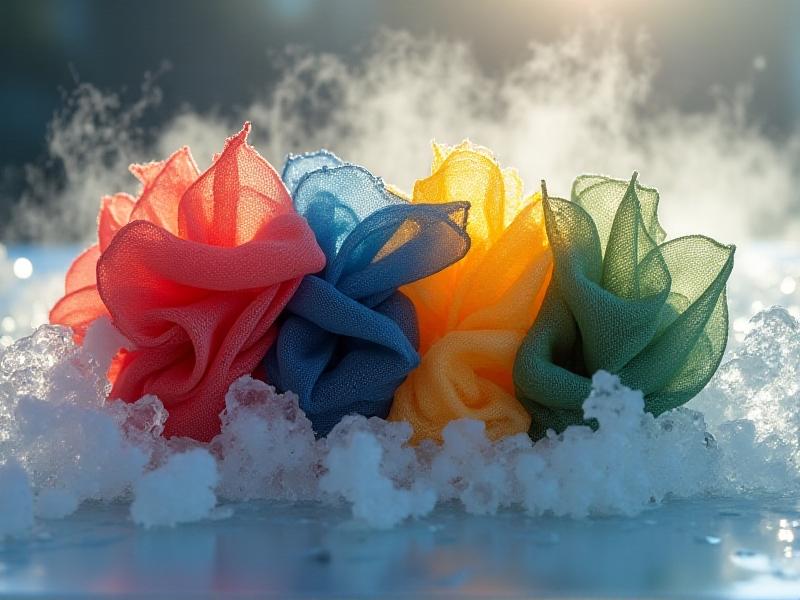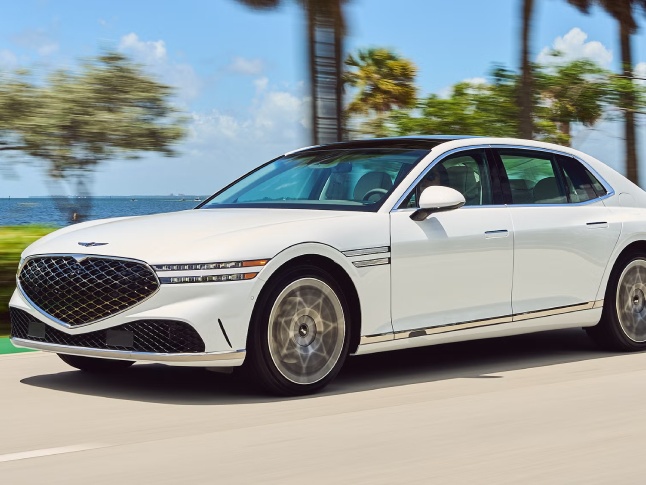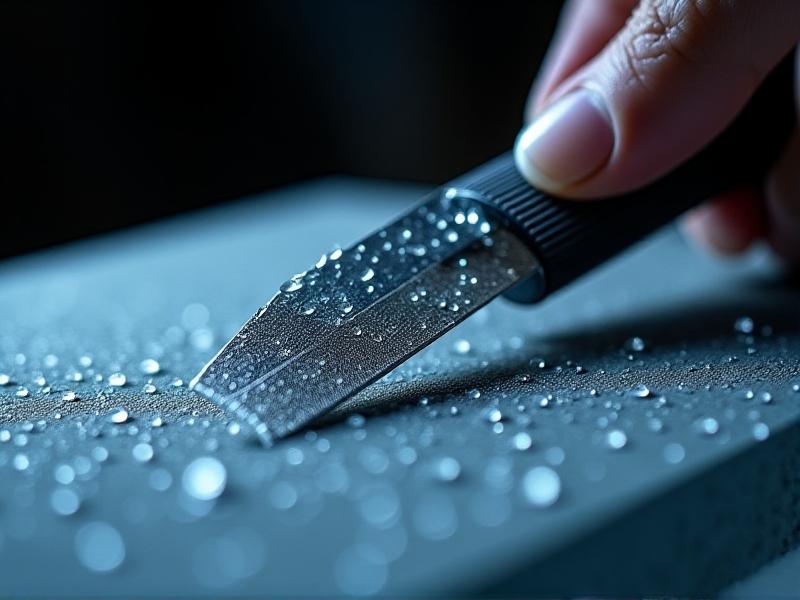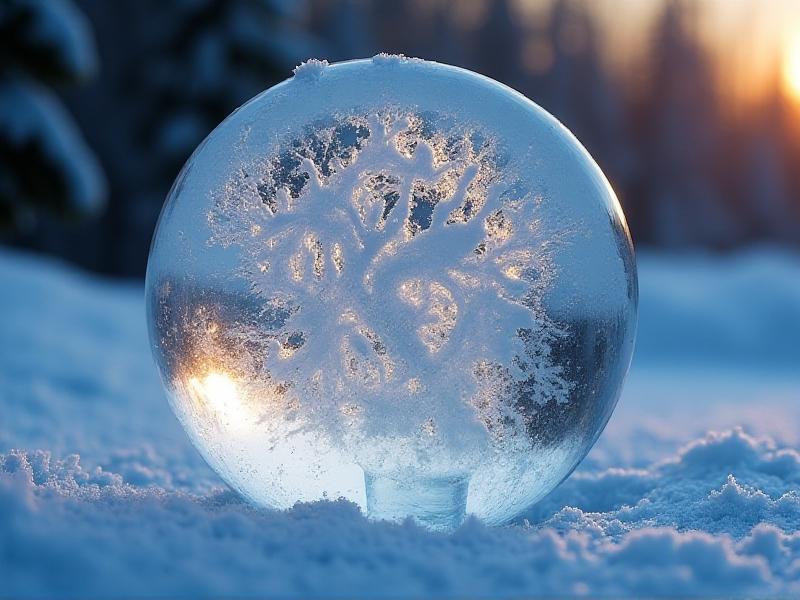Optimal Angles for Sharpening Japanese Ice Sculpting Tools
The Art of Sharpening Japanese Ice Sculpting Tools
Japanese ice sculpting is a delicate and precise art form that requires not only skill but also the right tools. Among these tools, the sharpness of the blades is paramount. Achieving the optimal angle for sharpening these tools can make the difference between a flawless sculpture and a frustrating experience. This article delves into the intricacies of sharpening Japanese ice sculpting tools, focusing on the angles that yield the best results.
Understanding the Anatomy of Ice Sculpting Tools
Before diving into sharpening techniques, it’s essential to understand the anatomy of the tools used in Japanese ice sculpting. These tools typically include chisels, knives, and gouges, each designed for specific tasks. The blades are often made from high-carbon steel, known for its durability and ability to hold a sharp edge. The shape and thickness of the blade vary depending on the tool’s purpose, which in turn influences the optimal sharpening angle.

The Importance of the Sharpening Angle
The angle at which a blade is sharpened is crucial for its performance. A steeper angle provides a more durable edge, suitable for heavy-duty tasks, while a shallower angle offers a sharper edge, ideal for fine detailing. For ice sculpting, a balance between durability and sharpness is key. Typically, a sharpening angle between 15 to 20 degrees is recommended for most ice sculpting tools. This range ensures that the blade is sharp enough to carve intricate details while maintaining enough strength to withstand the rigors of ice sculpting.

Choosing the Right Sharpening Stones
Sharpening stones, or whetstones, are the cornerstone of achieving the perfect edge. Japanese water stones are particularly favored for their fine grit and ability to produce a razor-sharp edge. The grit of the stone determines the coarseness or fineness of the sharpening process. Coarse grit stones (200-800 grit) are used for repairing damaged edges, medium grit stones (1000-3000 grit) for regular sharpening, and fine grit stones (4000-8000 grit) for polishing and refining the edge. Using a combination of these stones ensures that the blade is sharpened to the optimal angle with a smooth finish.

Step-by-Step Guide to Sharpening Ice Sculpting Tools
Sharpening ice sculpting tools is a meticulous process that requires patience and precision. Begin by soaking the sharpening stones in water for about 10 minutes. Secure the blade at the desired angle using a sharpening guide or by hand if you’re experienced. Start with the coarse grit stone to remove any nicks or imperfections, then move to the medium grit stone to refine the edge. Finally, use the fine grit stone to polish the blade to a mirror finish. Throughout the process, maintain a consistent angle and apply even pressure to ensure a uniform edge.
Maintaining the Sharpness of Your Tools
Regular maintenance is essential to keep your ice sculpting tools in top condition. After each use, clean the blades thoroughly to remove any ice or debris. Dry them immediately to prevent rusting. Periodically hone the edges using a fine grit stone or a leather strop to maintain their sharpness. Storing the tools in a dry, cool place with protective covers will also help preserve their edges. By following these maintenance practices, you can ensure that your tools remain sharp and ready for your next sculpting project.
Common Mistakes to Avoid When Sharpening
Sharpening ice sculpting tools can be challenging, especially for beginners. One common mistake is applying too much pressure, which can damage the blade or create an uneven edge. Another mistake is not maintaining a consistent angle, resulting in a blade that’s not uniformly sharp. Using the wrong grit stone for the task can also lead to suboptimal results. To avoid these pitfalls, take your time, use the appropriate tools, and practice regularly to develop your sharpening skills.
Advanced Techniques for Expert Sculptors
For experienced sculptors looking to elevate their craft, advanced sharpening techniques can offer even greater precision. One such technique is the use of a micro-bevel, which involves creating a secondary edge at a slightly steeper angle than the primary edge. This technique enhances the blade’s durability without compromising its sharpness. Another advanced method is the use of a leather strop with polishing compound to achieve a mirror-like finish on the blade. These techniques require a steady hand and a deep understanding of the tools, but they can significantly enhance the performance of your ice sculpting tools.
The Role of Ergonomics in Sharpening
Ergonomics plays a significant role in the sharpening process, especially when it comes to maintaining consistency and preventing fatigue. Using a sharpening guide can help maintain the correct angle, reducing the strain on your hands and wrists. Additionally, working at a comfortable height and using a stable surface can improve your sharpening accuracy. Paying attention to ergonomics not only enhances the sharpening process but also ensures that you can work comfortably for extended periods, allowing you to focus on creating your masterpiece.
Exploring Traditional vs. Modern Sharpening Methods
While traditional sharpening methods using water stones are still widely used, modern sharpening systems have also gained popularity. Electric sharpeners and guided sharpening systems offer convenience and consistency, especially for those new to sharpening. However, many experienced sculptors prefer the control and precision that traditional methods provide. Ultimately, the choice between traditional and modern methods depends on personal preference and the level of expertise. Exploring both approaches can help you find the method that best suits your needs and enhances your ice sculpting experience.
The Impact of Sharpening on Ice Sculpting Quality
The quality of your ice sculptures is directly influenced by the sharpness of your tools. A well-sharpened blade allows for clean, precise cuts, enabling you to create intricate details and smooth surfaces. On the other hand, a dull blade can result in jagged edges and uneven surfaces, detracting from the overall beauty of the sculpture. By mastering the art of sharpening and maintaining your tools, you can elevate the quality of your ice sculptures and bring your artistic vision to life.








